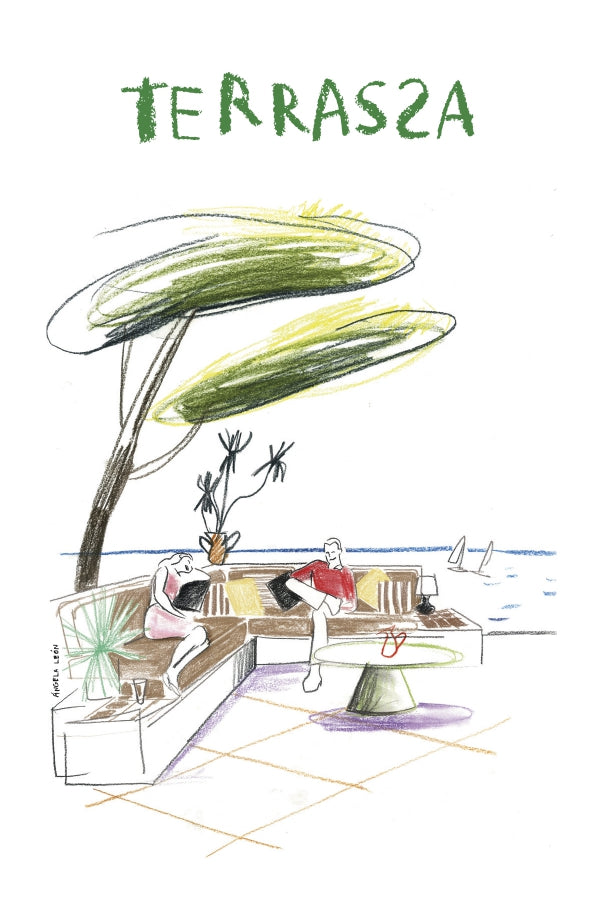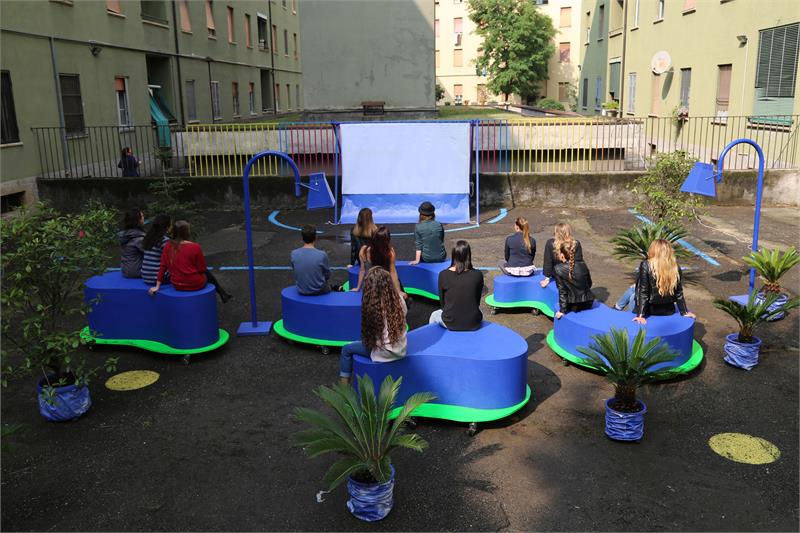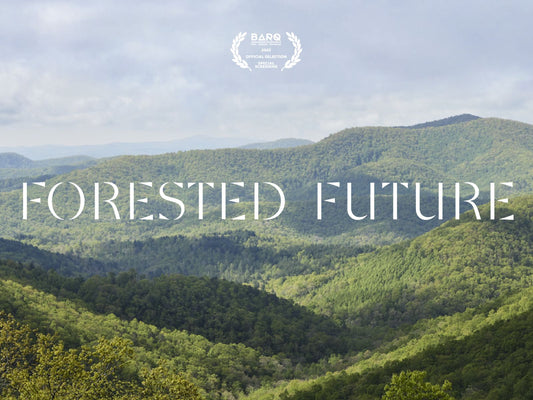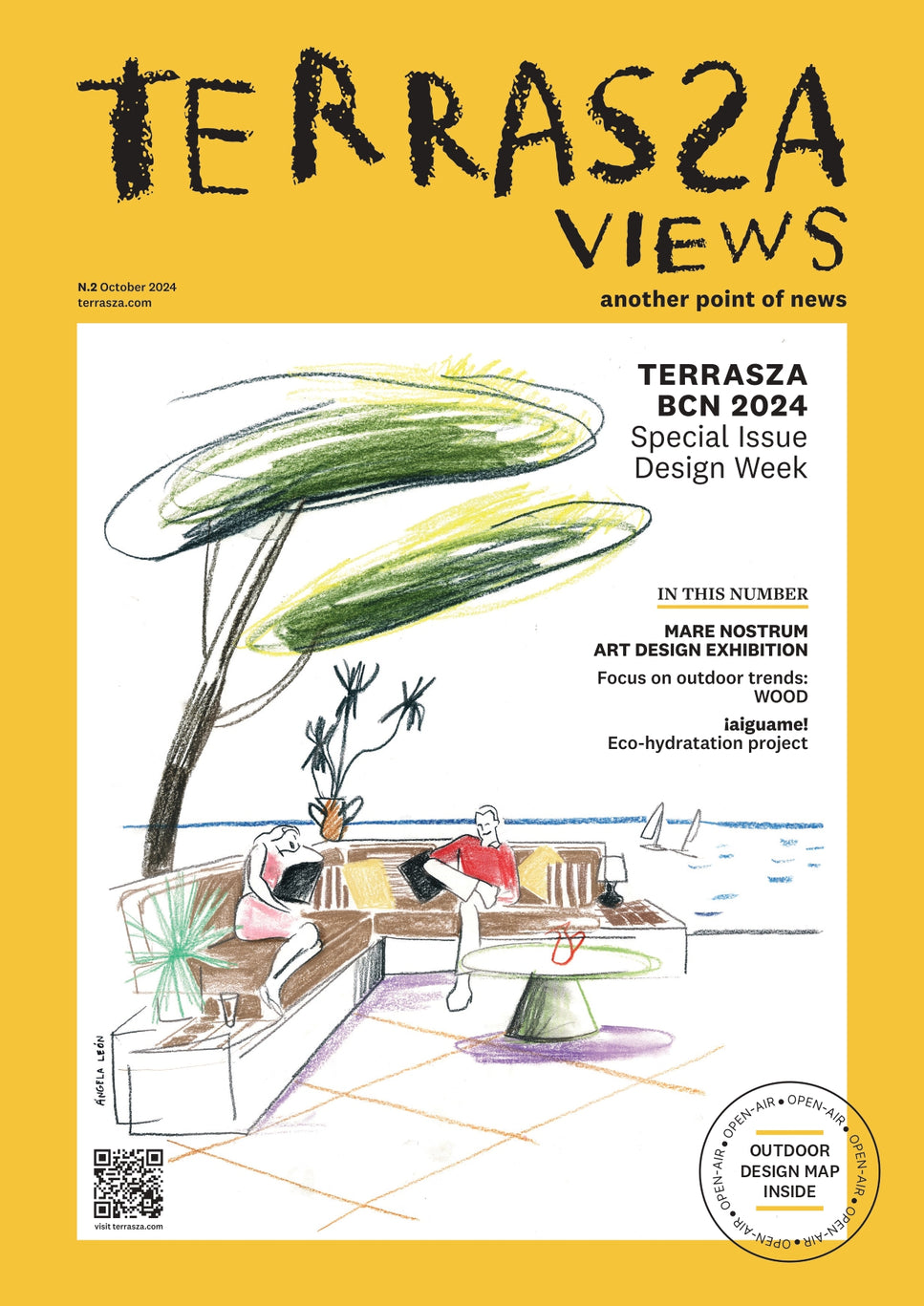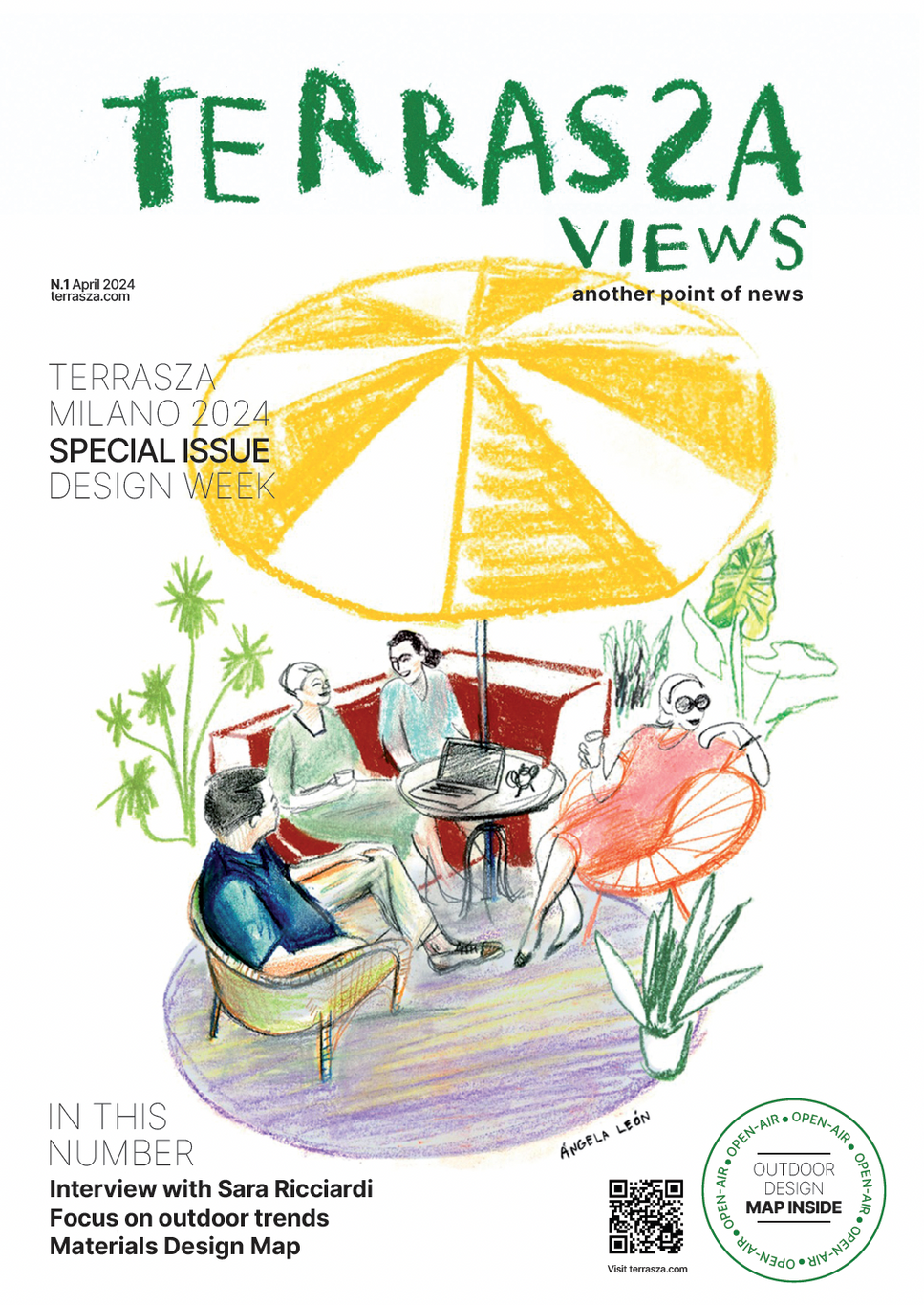Interview with Sara Ricciardi. Sara Ricciardi (ph. © Laura Baiardini)
Sara Ricciardi (ph. © Laura Baiardini)
In her creative practice, multifaceted designer Sara Ricciardi demonstrates a unique ability to combine innovation with empathy, creating spaces and objects that deeply communicate with the user.
What is your process for establishing this emotional dialogue through design, and how do you assess the emotional impact of your projects before they take their final shape?
Creation always stems from a narrative formula, a dedication, a story that aims to suggest a concept in the other and, above all, to complete itself through the other. One does not exist except in relation to others. And so, for me, design is nothing but a tool to convey messages to create stories that trigger emotional reactions. This process determines an interesting empathic structure with my audience that chooses my objects or my installations to question themselves in the magical narrative formula.

Sara Ricciardi. Hypernova. (ph. © Andrea Veroni)
How do you conceive the integration of design and performance, and what added value do you think performance brings to the design experience?
The performance is synaesthetic, creating a three-dimensional habitat made of matter and emotion, in which all senses are called upon to participate, where emotional processes are triggered on several scales, sonorous, olfactory, material, luminous. I love it very much because it creates immediate involvement and participation. Design is an extraordinary world made of objects and projects, spaces, and installations, but the theatrical-performative aspect instills the magic of life, the living intersection of gazes in which the audience, the collective, is another live and participating moment.

Collective synergy and design as a relational practice was the theme of one of your recent talks. What are the challenges you see and the perspectives, what is the role of designers and creatives in relation to the need for a design that "conceives projects based on awareness and the diversity of ideas, actively involving citizens in the design process"?
The designer can be not only a designer of objects and spaces but a facilitator of flows and human competencies that, when grouped together, can give life to collective projects for their territory. I strongly believe in encouraging practices from the bottom up, that is, from the collective of communities that dedicate their time and energy to the exercise of the "common good" - the regeneration of spaces (squares, schools, condominiums, gardens, etc.) and human - neighborhood relationships, listening, even conflict, to find diplomatic actions to achieve the shared goal of living well. With imagination, designers today can invent tools for dialogue, openness, co-design, and decree the safeguarding of biodiversity in listening for social project cooperation.

Sara Ricciardi. Human Mandala. (ph. © Amir Farzad) Courtesy 5VIE
Could you talk about the 'dynamics of wonder'? How this idea influences your vision of design and how you seek to incorporate it into your projects, especially in contexts like Milan Design Week where innovation and attention are constantly intertwined?
Wonder is always in the eye of the beholder. I like to be able to break down the dusty ordinary through practices of psychogeography and situationism, for which every day I practice to keep active the clear gaze of those who know how to return with enthusiasm the spell of wonder, to things, spaces, and also to people. Wonder is a practice that needs to be trained daily, like a muscle that needs to be exercised to grow, and it is the ideal tool to generate emotional levers in the audience. Primarily when I design, it's always a dedication, an act of love, I want to evoke wonderful emotion in myself and others, and for this reason, the project continuously asks itself how to convey meanings, which also pull along heavy passages, in a wonderful way that involves people and leaves them seduced, even if just for a little while.

Sara Ricciardi. Sherazade. (ph. © Simon d'Exéa)
Your approach to outdoor design reflects an interest in the interaction between nature, materials, and narration. What identity and function do you give to outdoor spaces? How to defend public space at a time when we are witnessing its constant privatization?
It is mandatory to actively defend our spaces, always positioning ourselves in a dialogue both with the political side and with the social plurality of citizens to understand how the landscape changes and transforms. Naturally, this means being active citizens in safeguarding the rights and public spaces, increasingly attacked by the violent marketing of prevailing money that transforms everything into a money milking machine. The city must necessarily guarantee the space for being free, for leisure, care, greenery, walking, playing, loving, reading, wandering, and meeting as a collective. It must do so at a political and social level and, above all, it is a practice always active and always listening to generational transformations. The necessary Healing Gardens adjacent to schools and inside hospitals, for example, must be guaranteed, and their construction can also occur with bottom-up practices to stimulate an even stronger sense of belonging.

Sara Ricciardi. L’îLe de Serge (ph. © Defino Sisto Legnani).
At Fuorisalone 2019, you designed 'L'île de Serge,' an immersive experience for visitors. How did you intend to engage the audience with the installation, and what feedback did you receive?
Moreover, considering the importance of sustainability in outdoor design, what considerations did you make to ensure the project had a positive or neutral environmental impact? At Fuorisalone 2019, you designed 'L'île de Serge,' an immersive experience for visitors. How did you intend to engage the audience with the installation, and what feedback did you receive? Moreover, considering the importance of sustainability in outdoor design, what considerations did you make to ensure the project had a positive or neutral environmental impact? 'L'île de Serge' was an installation for the Milan Fuorisalone for the outdoor fabric company Serge Ferrari. As always, I went on-site to analyze the company's processes - discovering the various departments of the company, particularly attentive to the production chain, the creation of hyper-durable materials over time, used in architecture or for urban artistic installations, ensuring their recovery at the end of life and completing their transformation process. This led me to conceive an island, built with their fabrics, a provocation to the imagination of the terrifying plastic islands that reign in our oceans, with a central volcano in polymers and a series of palm trees and natural plants populated by a digitized animal fauna that repossesses everything. For me, the focal theme, in this mixed language, was to make it understood that today it is not a material that represents the problem, as is thought of plastic as such, but its duration, its durability, and its disposal, and our purchasing power, which in the contemporary fast-consuming era produces the catastrophic amount of garbage that surrounds us. People very much loved arriving at this bizarre island to relax and stay in this burning and colorful truth.

Caciara Mobile workshop.
Tell us about your future projects related to outdoor spaces and if there are any novelties in this field.
At the Concentrico festival in Logroño, Spain, from April 24 to May 1, we will create the ephemeral installation Razzle Dazzle, a large colorful trampoline in the shape of a ship that lands in front of the city's cathedral. It will be an outdoor gym to keep people active through parkour exercises. I strongly believe in urban public installations that can be immediately activated and experimented with by citizens. I like the idea of experiencing the entire city as a widespread museum, an extended home, an open-air school. To interpret and live it by continuously changing our perspective on it. And loving it very much. Additionally, we are renovating a lamia, an ancient rural construction in Puglia in the beautiful Valle d'Itria, a place where the red earth, olive trees, succulent plants, tuff, and lime are suggesting to us how to design the tranquility of being, the power of slow time, eating outside together under the pergola, the pool, the large external fire that warms. The works will come to life from September 2024.
